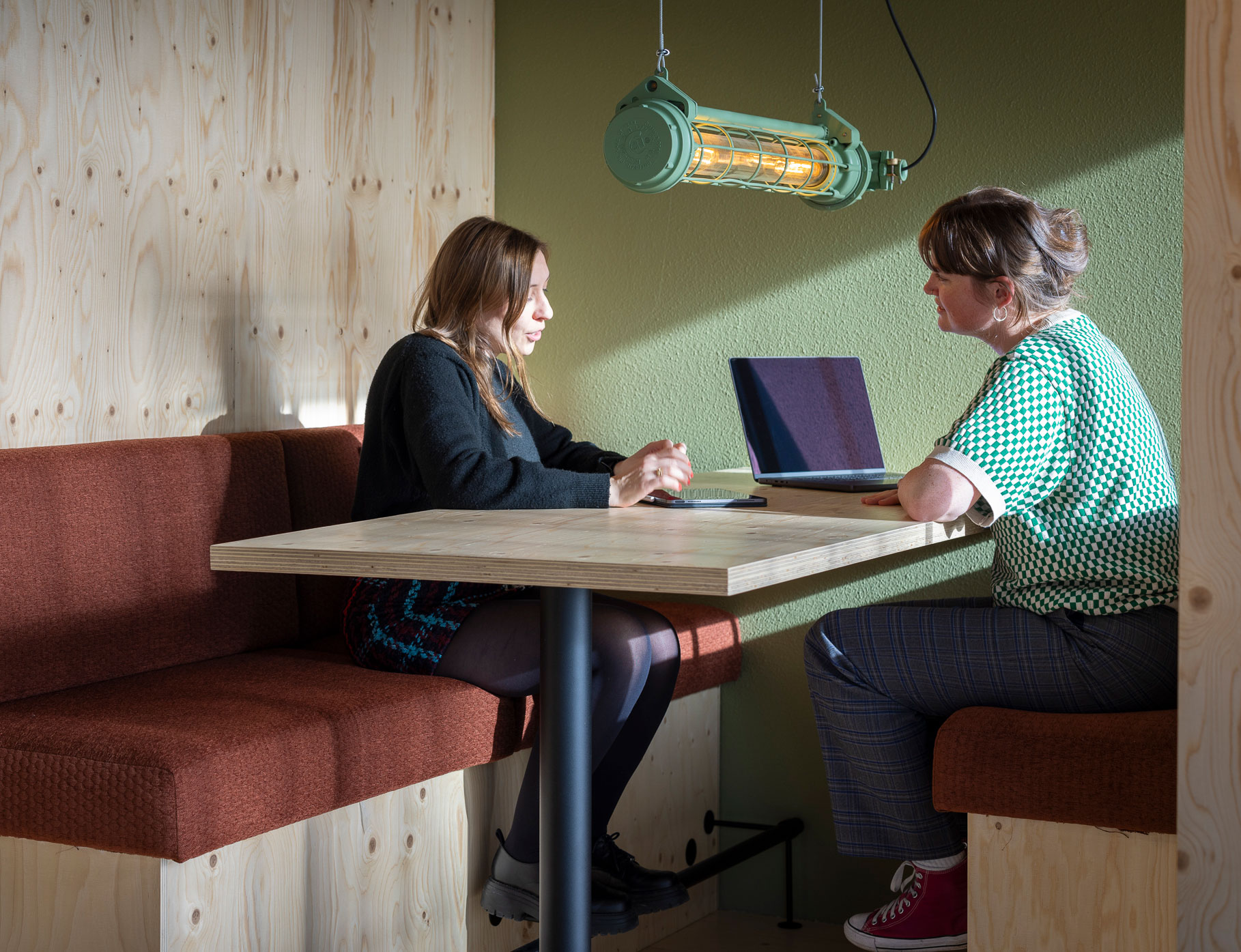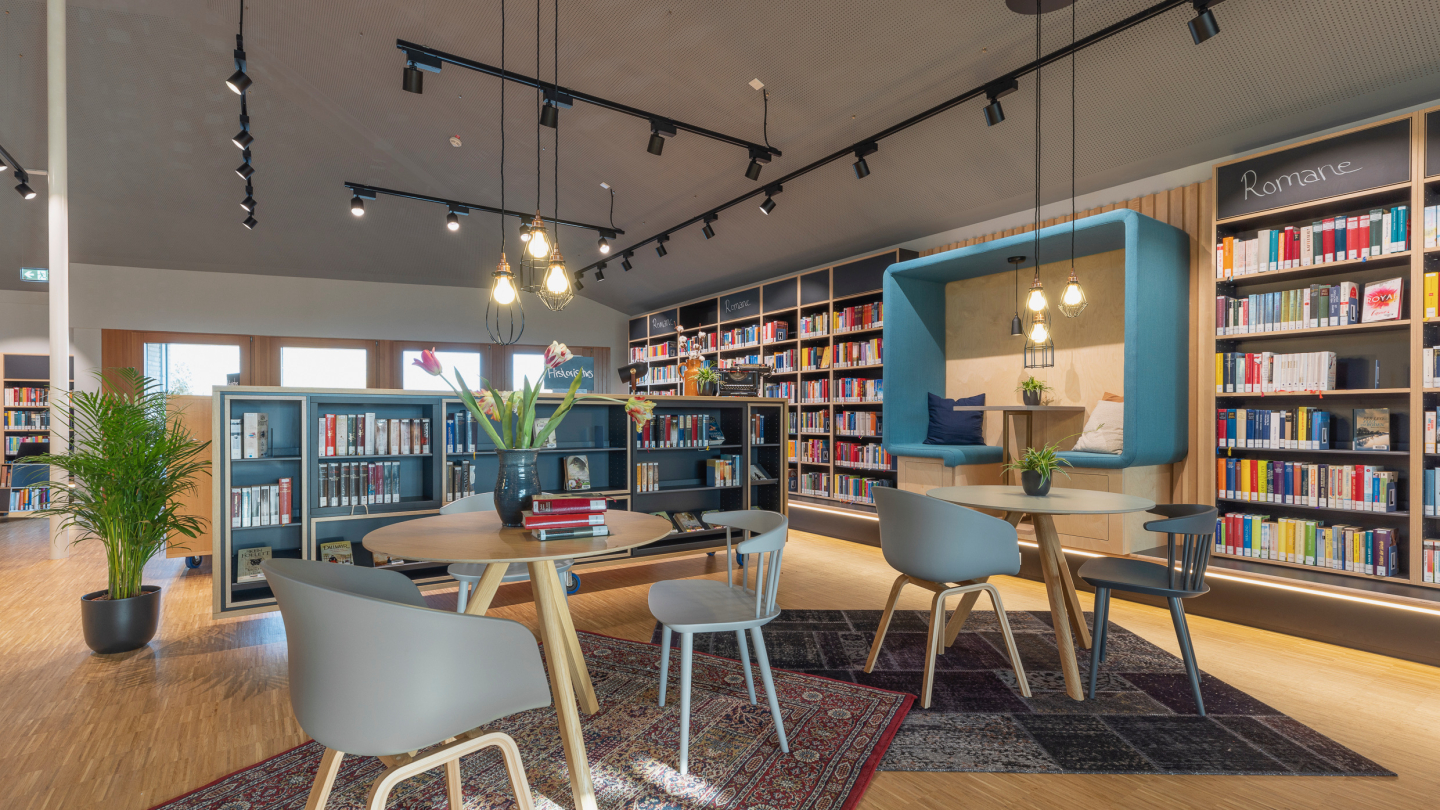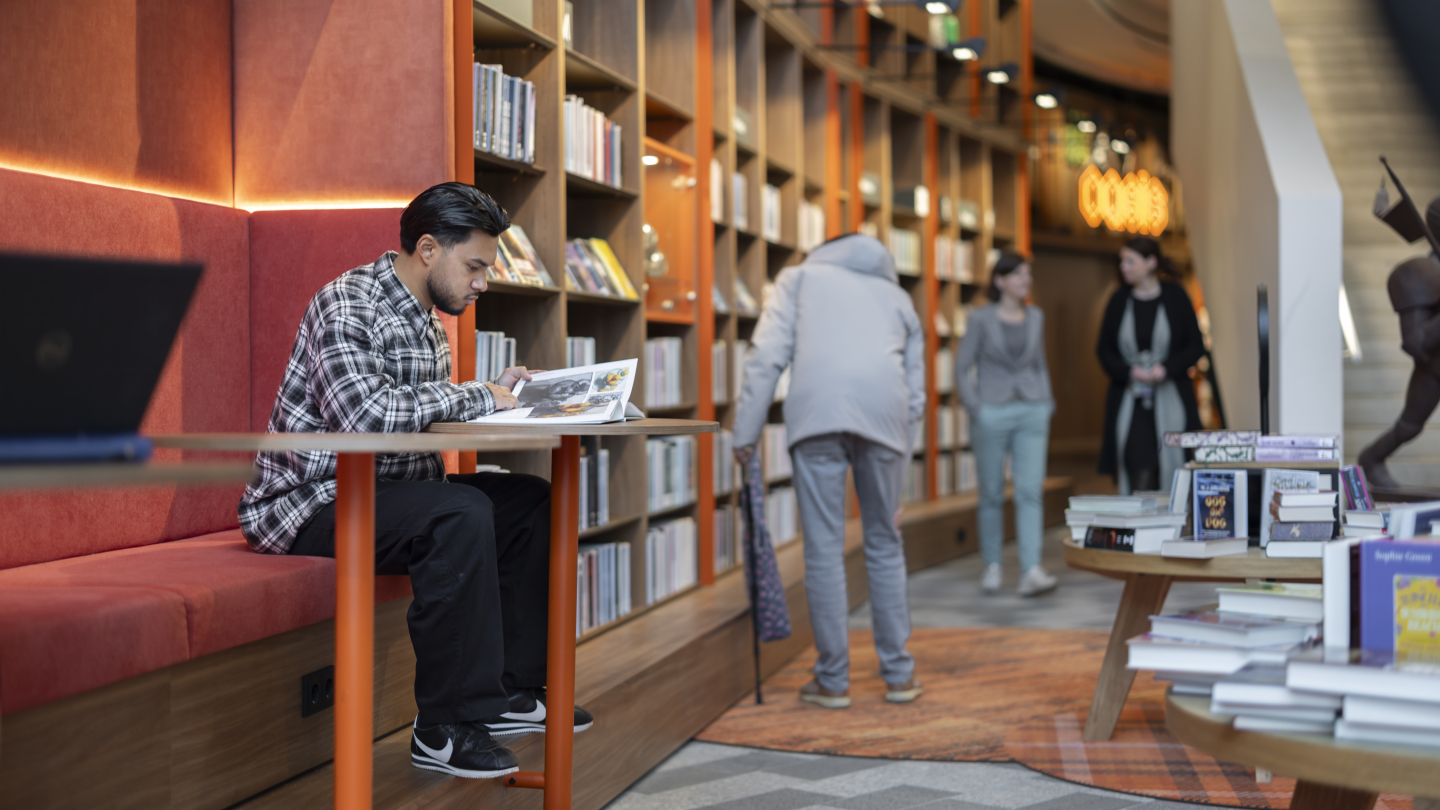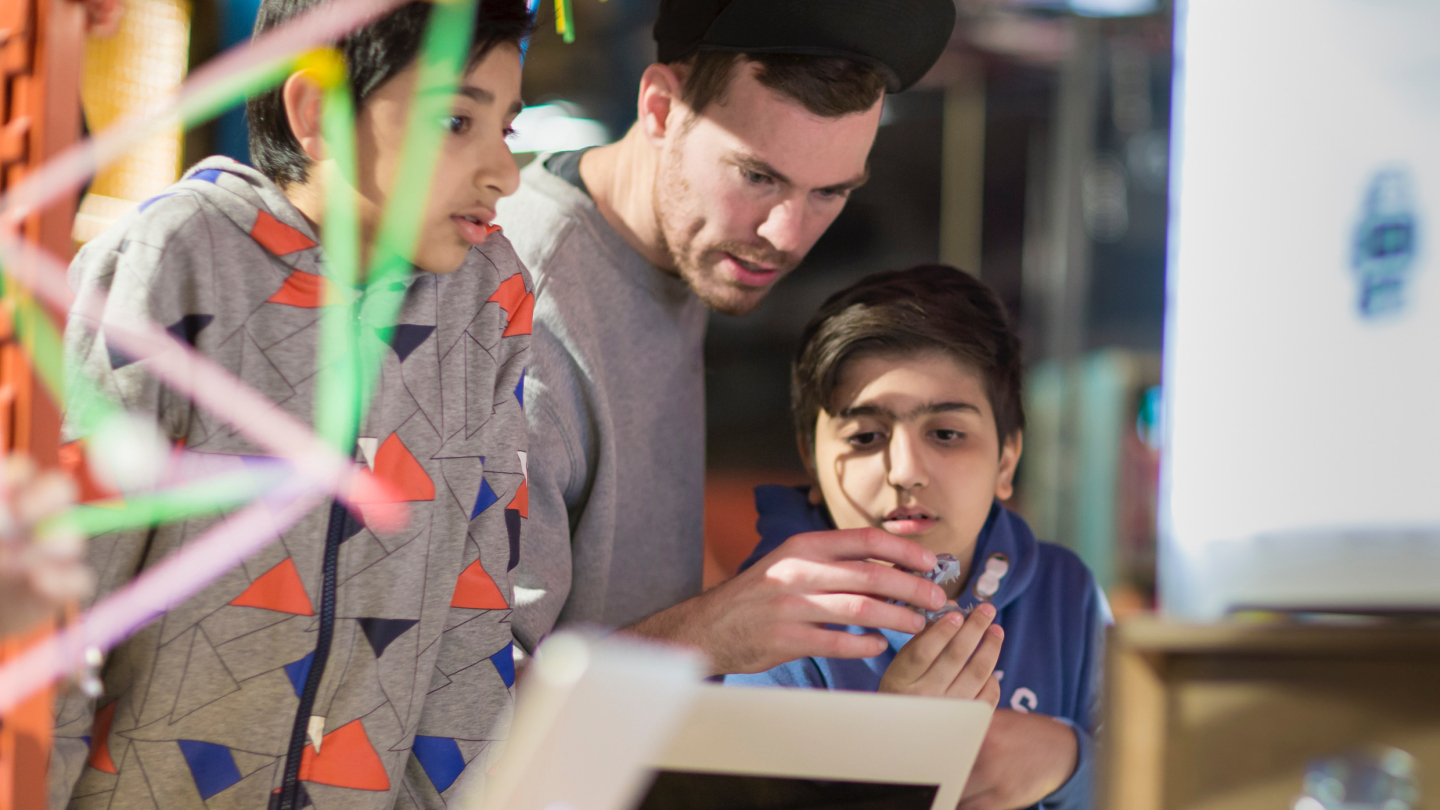Personal impact
A few weeks after the opening of a new library, we received an email from a visitor, let’s call him John. His message was simple but powerful:
“For the first time in four years, I left my home because this library is a place I truly want to visit.” This is why we do what we do at includi. A well-designed third place can be life-changing. It’s a safe haven for a financially struggling student, a lonely elderly person, or a burnt-out entrepreneur – offering a space free of pressure to buy something, perform or fit in. Libraries that embrace their role as third places create a welcoming, judgment-free environment where people can just be. Some come to reflect, others to connect, some to learn a new skill, and many simply to feel part of something bigger.
The magic of these spaces? They don’t dictate how they should be used, they adapt to the needs of their community. And the numbers back this up: a study among librarians found that after redesigning their libraries as third places, 73% saw an increase in visitors who came just to relax and hang out. On average, these libraries experienced a 125% rise in visitor numbers and there was 89% more diversity among visitors. They started to attract people who had never set foot inside a library before, such as youth and hard-to-reach groups. This proves that when libraries truly understand the people they serve, they become places of transformation by offering exactly what their community needs.
On-site impact
Becoming a third place is not just about generating more foot traffic. It’s about a mindset shift: from being a place for products or services to a place for people. By listening to their communities and adopting a bottom-up approach, third places stop being outdated institutions and become dynamic, living spaces that encourage community life.Take Deichman Tøyen Library in Oslo: it hosts around 82 events per week, the majority of them organized by library visitors themselves.
Instead of just providing books, it’s now a hub of cultural exchange, learning and participation. Or Stavanger University Library, which redesigned its learning lab to boost creativity and innovation. The results? Visitor numbers more than doubled from 250,000 to 530,000 per year after the renovations. Students don’t just study there – they meet, collaborate and call it their second home.
What’s fascinating is that these libraries have stopped “policing” their visitors and instead began “hosting” them. Rather than imposing rules, they trust their visitors to shape the space themselves. And that’s the essence of a successful third place: it belongs to its users.
Impact on a bigger scale
Do third places, beyond benefiting individuals and libraries, transform entire cities? Absolutely! They revitalize neighborhoods, boost local economies and create safer, more connected communities. Consider, for example, The Gamble District in Oslo: when the famous Munch Museum moved, the area struggled with vacant buildings, a decline in local activities and growing social issues. But after the opening of youth library extraordinaire, Deichman Biblo Tøyen, and its sister library Deichman Tøyen, the district attracted new businesses. Coffee shops, bakeries and creative startups flocked to the area, which transformed into a vibrant and safe place for the community.
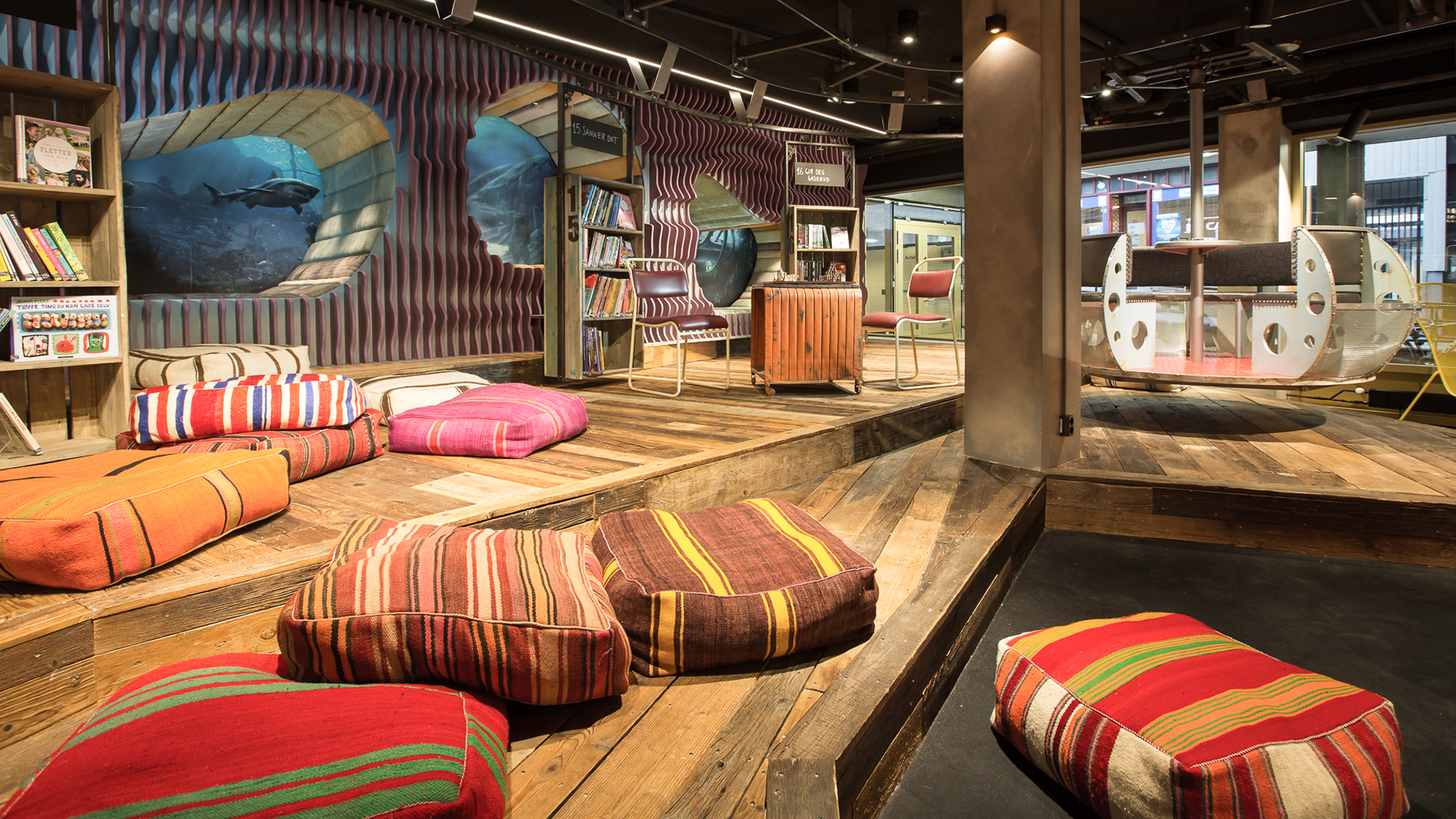
Before the opening of the Biblo Tøyen, 21% of local youth (ages 10-15) had encounters with the police. Eighteen months after the opening of the youth library, that number dropped to 7%, showing how much impact the library had in the area. And it’s not just about crime prevention; third places save money too. Suffolk Libraries found that by running 90,000 free events (with over 1.3 million attendees), they saved the National Health Service (NHS) £280,000 annually. The total social value of their programs? £2m of yearly social value, which translates into £6.07 for every £1 invested by the municipality. This is hard proof that when libraries are embedded in communities, they don’t just improve quality of life – they make cities work better.
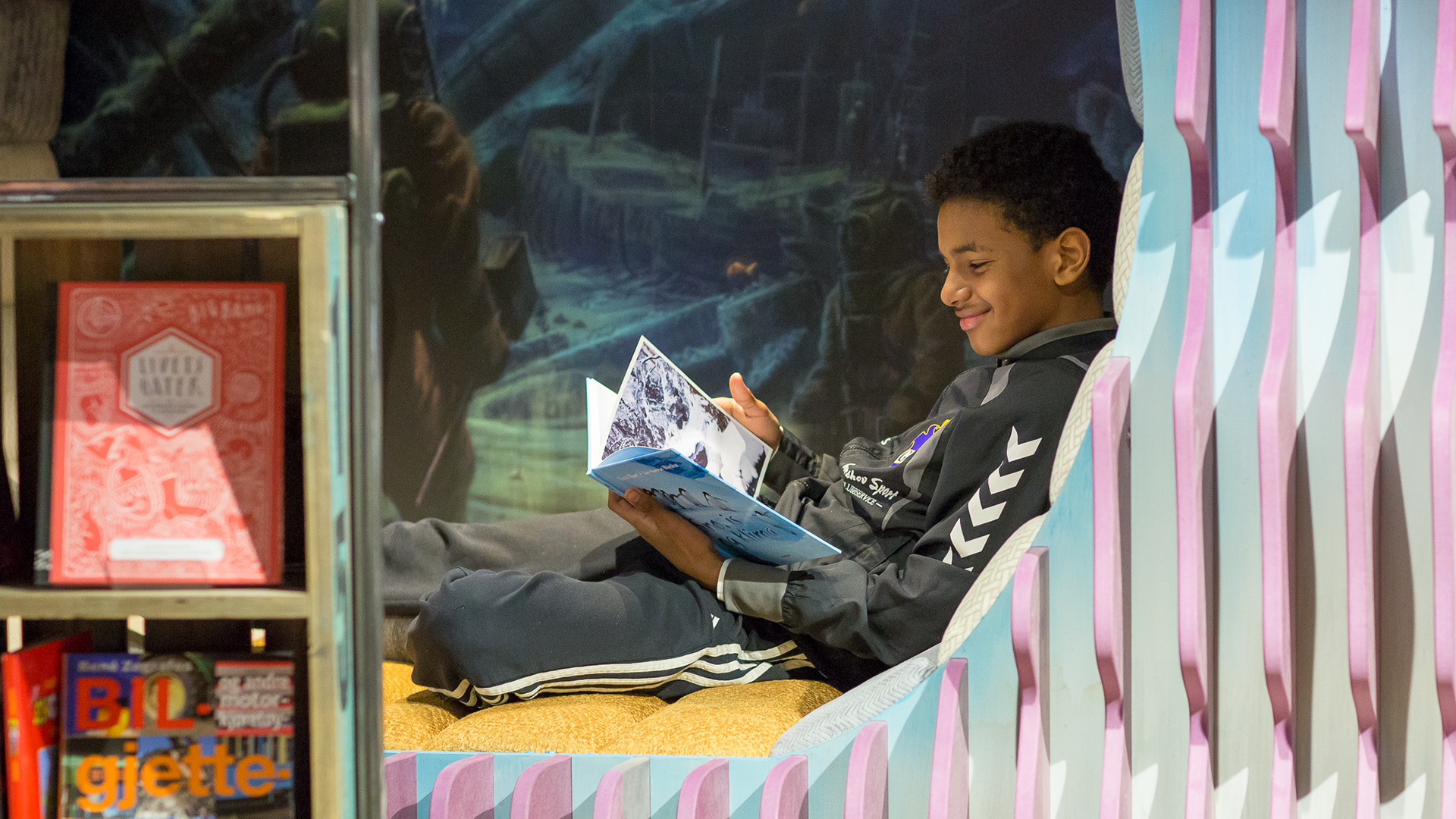
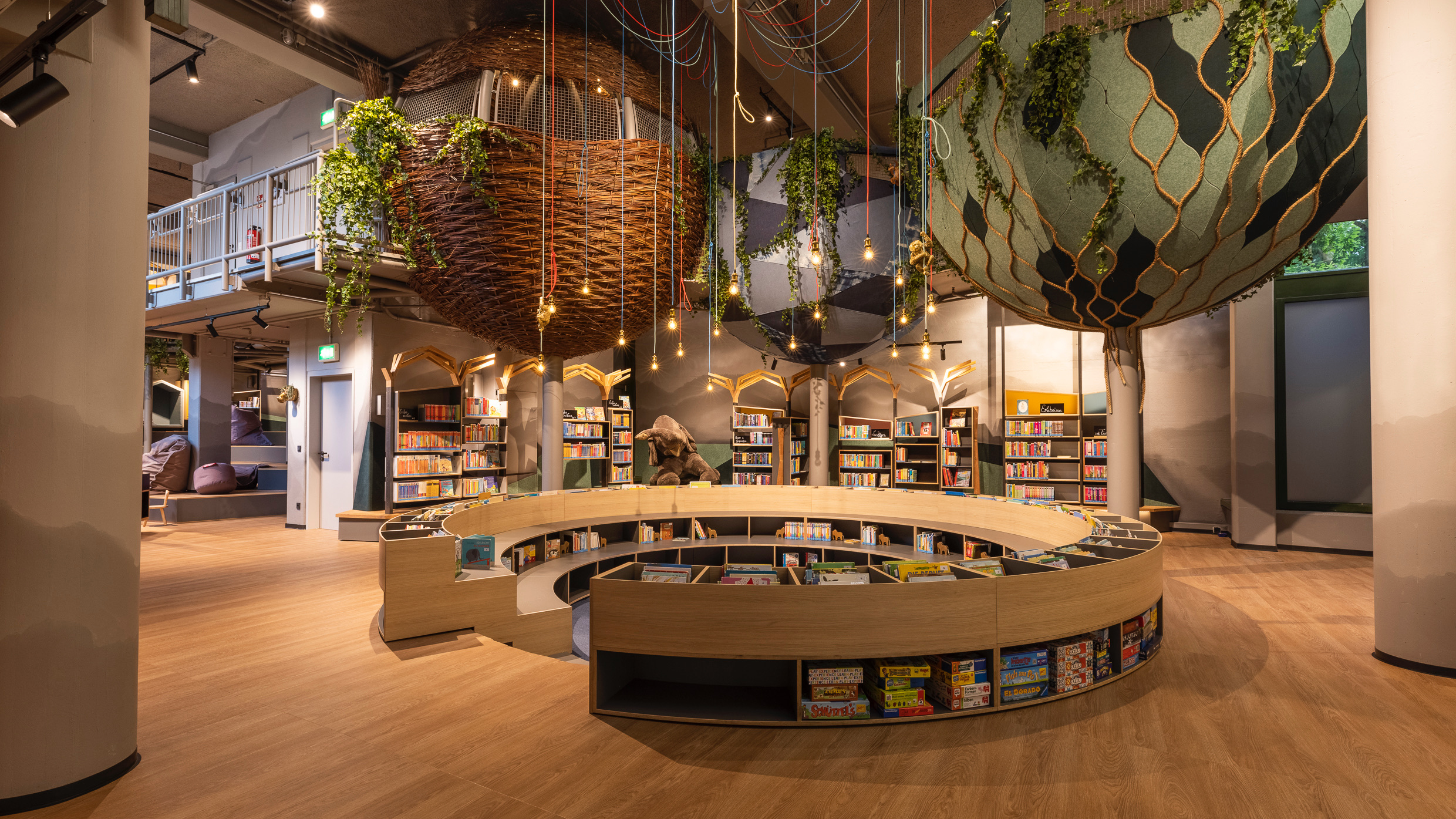
Discover our inclusive places
